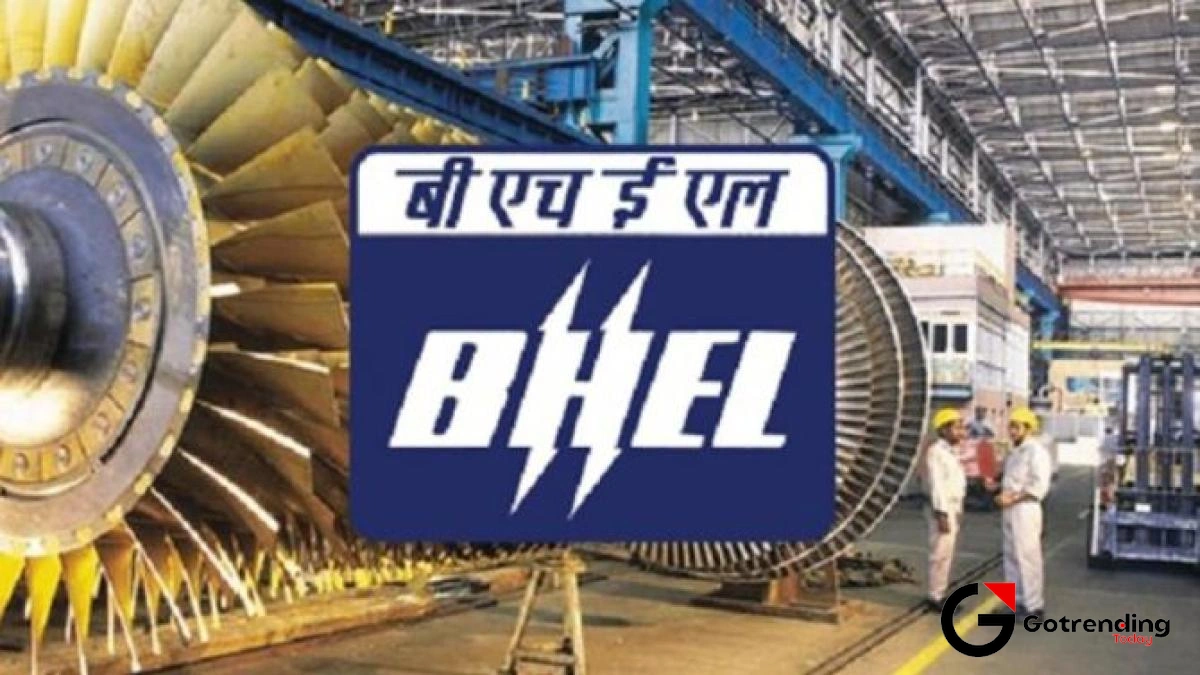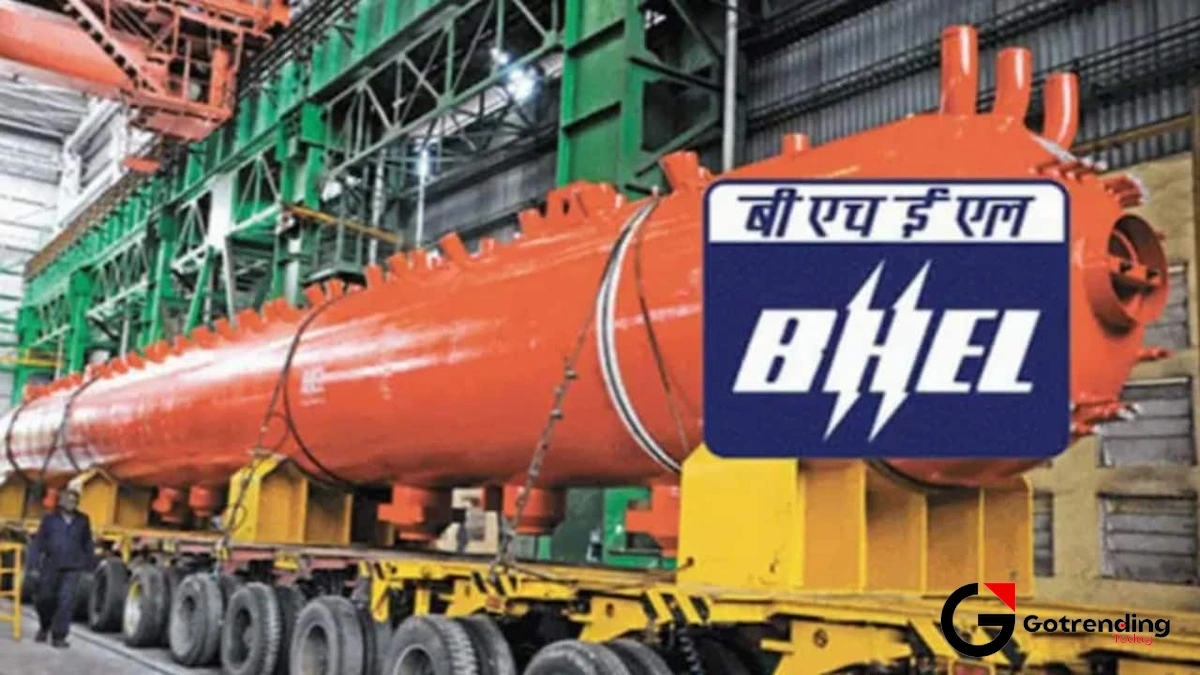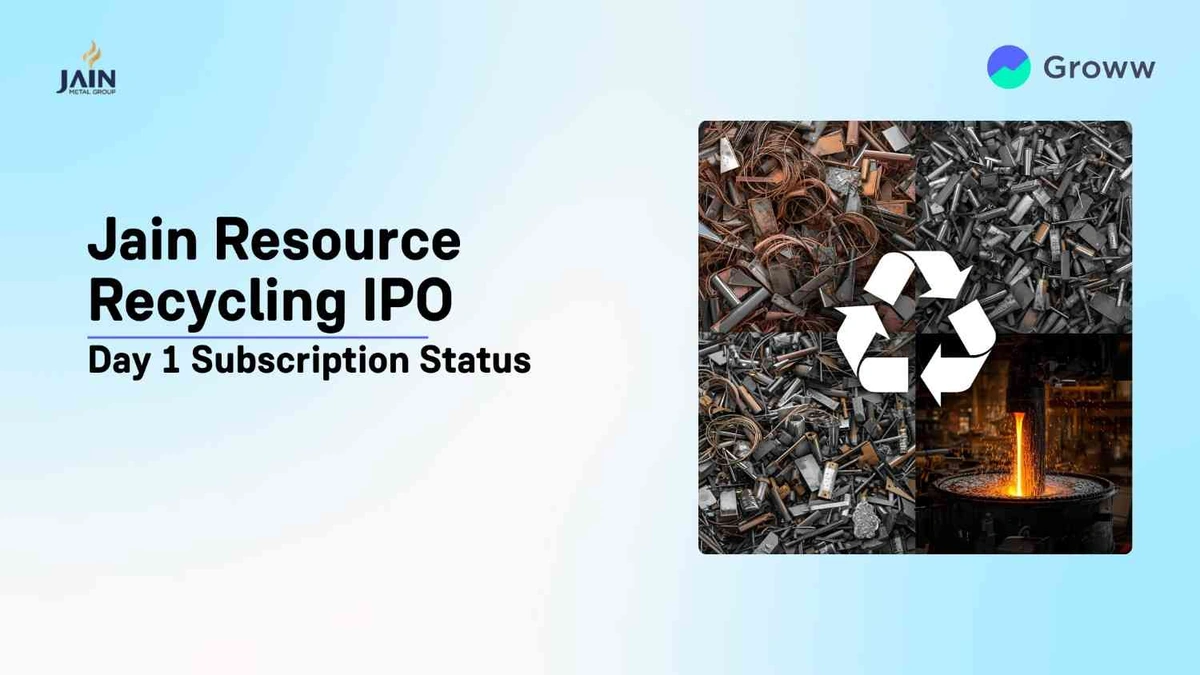BHEL Share Price | The Sleeping Giant Wakes Up, But Is It For Real?
Let’s grab a virtual coffee and talk about a stock that was, for the longest time, the most ‘boring’ uncle at the family gathering of Indian equities: BHEL. For years, you’d see the BHEL share price just… sitting there. It was a Navratna, a titan of Indian engineering, but its stock chart looked like a flat line drawn by a very unenthusiastic artist.
And then, something snapped.
Suddenly, this sleepy Public Sector Undertaking (PSU) woke up and decided to run a marathon. The stock went on a tear that left market pundits scrambling for explanations. If you’re looking at its chart and asking, “What on earth happened here?”, you’re asking the right question. This isn’t just a random spike. It’s a story about power, policy, and a potential paradigm shift for one of India’s foundational companies.
But the real question isn’t just what happened. It’s why. And more importantly, is this a sustainable new reality or just a fleeting sugar rush? Let’s break it down, cut through the noise, and figure out what’s really going on with BHEL.
The Ghost of the Past | Why BHEL Was a ‘Boring’ Stock for So Long

To understand the current excitement, you have to appreciate the decade-long slumber. For years, BHEL was stuck in a perfect storm of negativity. Think about it. Its primary business was building thermal power plants. In an era where everyone was talking about green energy and solar, thermal felt like a relic.
Here’s the thing, the problems were deeper than just perception:
- A Stagnant Order Book: The flow of new, large orders had dried up. The power sector was dealing with overcapacity issues, and private investment was sluggish. A company like BHEL lives and dies by its order book, and for a while, it was looking pretty anaemic.
- Intense Competition: Private players like L&T were leaner, meaner, and often faster. BHEL, with its PSU legacy, was perceived as slow-moving and less efficient.
- Execution Woes: Even when they had orders, delays in project execution were a recurring theme, leading to cost overruns that would chew into their margins.
So, for a retail investor, BHEL looked like a classic value trap. A huge company with a massive legacy, trading at what seemed like a cheap price, but with no real trigger for growth. It was a story of yesterday. Until the script was completely rewritten.
The Great Awakening | What’s Really Driving the Insane Rally?
The dramatic revival of the BHEL share price isn’t based on a single event, but a powerful confluence of factors. It’s like three different weather systems met at the perfect spot to create a massive storm of positivity. Let’s look at the “why” behind why is bhel share price increasing .
1. The Order Book Tsunami
This is the big one. The single most important turnaround factor. After years of a trickle, BHEL’s order book suddenly turned into a firehose. The company has been winning massive contracts one after another. We’re talking about huge thermal power projects from companies like Adani Power and NTPC. In fact, according to their own official investor presentations , the order inflow has seen a monumental jump.
Why the sudden love for thermal power? Simple reality. India’s power demand is exploding, and while renewable energy is the future, it can’t provide the stable, 24/7 base load power that a growing industrial economy needs. The government recognized this, leading to a renewed push for thermal capacity addition. And when it comes to building large-scale thermal plants in India, BHEL is the undisputed heavyweight champion. This is the core of the BHEL latest news that has been driving sentiment.
2. The ‘Make in India’ & Diversification Masterstroke
For too long, BHEL was a one-trick pony a power sector pony. That’s changing, and fast. The government’s ‘Atmanirbhar Bharat’ (Self-reliant India) and ‘Make in India’ initiatives have come as a massive tailwind.
Suddenly, BHEL’s diversification efforts started bearing fruit:
- Railways: The massive Vande Bharat train project is a prime example. BHEL secured a landmark order to manufacture and maintain 80 Vande Bharat trainsets. This was a game-changer, signalling its successful entry into a high-growth, non-power sector. This is a topic that you can also explore in our other analyses like the analysis of realty companies that also benefit from infrastructure growth.
- Defence: It is now a key supplier to the Indian Navy, manufacturing and upgrading Super Rapid Gun Mounts (SRGM) – the main guns on warships. This is a high-margin, critical business that adds a whole new dimension to its profile.
This diversification is crucial. It de-risks the business model from the cyclical nature of the power sector and opens up entirely new, long-term revenue streams. The market loves a good diversification story, and BHEL is finally delivering one. This has significantly improved its bhel future prospects .
Beyond the Hype | The Risks You Absolutely Cannot Ignore

Okay, let’s take a breath. It’s easy to get carried away in a bull run. But as a smart analyst (and investor), you have to play the devil’s advocate. A common mistake I see people make with PSU stocks is to forget their history. So, what are the potential potholes on this superhighway?
First, execution is everything . Having a Rs. 1,00,000+ crore order book is fantastic on paper. But can they deliver all these projects on time and within budget? This has been BHEL’s Achilles’ heel in the past. Any major delays or cost overruns could quickly sour market sentiment. All eyes are now on their quarterly results to see if the revenue and profit reflect the order book’s promise.
Second, there’s the margin pressure. The cost of raw materials like steel and copper can be volatile. If these costs spike, it could squeeze their profitability, even on large orders. Managing the supply chain and input costs will be a critical test for the management.
Finally, the competition hasn’t vanished. While BHEL is in a sweet spot for large government-backed projects, private players will continue to compete fiercely, especially in smaller projects and the industrial segment. Thinking about how established giants navigate competition is a bit like looking at the HUL share price and seeing how it tackles new D2C brands.
Frequently Asked Questions about BHEL’s Stock
Why is the BHEL share price increasing so much?
The primary reasons are a massive surge in its order book, particularly from the thermal power sector, and successful diversification into high-growth areas like railways (Vande Bharat trains) and defence, all supported by the government’s ‘Make in India’ push.
What is the latest news on the BHEL share price target?
Many brokerage firms and analysts have revised their bhel share price target upwards due to the strong business outlook. However, these are just estimates. It’s more important for investors to understand the underlying reasons for the positive sentiment rather than chasing a specific target price.
What are the biggest risks for BHEL investors?
The key risks are project execution delays, potential margin pressure from volatile raw material prices, and continued competition from private sector companies. The ability to convert its huge order book into profitable revenue is the biggest variable to watch.
So, is BHEL a good buy for the long term?
This is not a financial recommendation, but an analytical framework. The answer depends on your belief in India’s infrastructure and manufacturing growth story. If you believe the government’s capital expenditure cycle is real and sustainable, then BHEL is a direct beneficiary. However, the stock has already run up significantly, so considering valuation and entry points is crucial. The question of whether is bhel a good buy now involves assessing if the future growth is already priced in.
What is BHEL’s current order book size?
As of late 2023 and early 2024, BHEL’s bhel order book has swelled to well over ₹1 lakh crore, a multi-year high. This provides strong revenue visibility for the next few years, which is a major source of confidence for investors.
The Final Word | A Barometer for a New India?
So, where does this leave us? The story of the BHEL share price is more than just a stock market rally; it feels like a proxy for India’s industrial ambitions. The numbers flashing on our screens are reflecting a deeper, more fundamental shift in policy, power demand, and national priorities.
I initially thought this was just another cyclical PSU upswing, but the diversification into railways and defence makes it feel different this time. It’s more structural. The old, slow-moving giant is not just being asked to wake up; it’s being pushed onto the main stage with a spotlight on it.
The excitement is real. The orders are tangible. The potential is immense. The only question that remains is whether BHEL has truly learned the new dance steps for this new era. Watching it perform will be one of the most fascinating market stories of the coming years.













